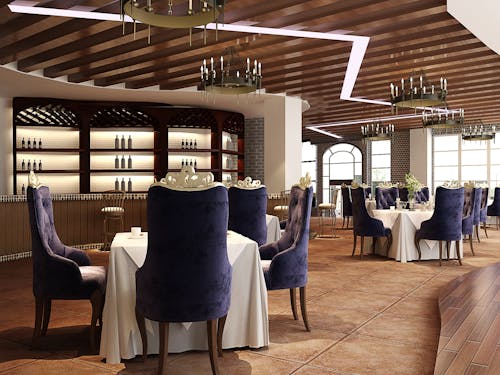Exploring Piedmont’s Allure: Where Barolo’s Charm Meets the Aroma of White Truffles
Luca Currado Vietti painted a vivid picture of Piedmont’s mystique as we stood amidst the barrels in the Vietti winery’s underground sanctum. He likened Piedmont to the allure of “Under the Piedmontese Fog,” contrasting it with Tuscany’s “Under the Tuscan Sun.” Here, fog obscures vineyard rows during harvest, adding an element of mystery to winemaking friendships. It’s moments like these that encapsulate the enigma of Piedmont, drawing visitors like myself time and time again.

Piedmont’s landscape may lack the breathtaking vistas of Central Otago or the opulent tasting rooms of Napa Valley, but it possesses a soulful charm that captivates the heart. The hills, vineyards, and quaint towns exude an aura of bygone eras, perpetually shrouded in a veil of mystery. Despite numerous visits, Piedmont remains both familiar and unknowable, its essence reserved for those truly immersed in its culture.
My latest journey led me to the heart of the Barolo DOCG, where the Nebbiolo grape reigns supreme. Barolo, often compared to Burgundy in its ability to convey terroir, embodies the essence of Piedmont in each glass. As Luca quipped about the omnipresent fog, I recalled driving through its dense embrace, a surreal experience of fleeting glimpses of starlit skies amid murky obscurity.
Nestled in the Langhe hills, Casa di Langa provided an idyllic retreat, offering not only breathtaking views but also immersive culinary experiences. Under Chef Daniel Zeilinga’s guidance, I delved into crafting traditional Piedmontese delicacies, indulging in tajarin pasta and bunet dessert, each bite a testament to Piedmont’s culinary heritage.

A visit to G.D. Vajra revealed the region’s evolving fortunes, as hillsides once deemed impoverished now yield coveted vineyards. Giuseppe Vaira’s words echoed the transformative power of Barolo, a wine that evolves with time, embodying the essence of life’s richness.
At Elvio Cogno, Valter Fissore and Nadia Cogno shared their passion for crafting wines that marry elegance with complexity, perfectly complementing Piedmontese cuisine. Their dedication to preserving the Nascetta grape mirrored Piedmont’s spirit of resilience and innovation.
Chiara Boschis, of E. Pira & Figli, stood as a beacon of female empowerment in a traditionally male-dominated industry, her Barolos a testament to perseverance and passion. As we savored her Cannubi Barolo, it became evident that greatness knows no gender.
The culinary delights of Piedmont reached their zenith at Guido Ristorante, where white truffles danced atop plates of agnolotti del plin, perfectly paired with Fontanafredda’s Vigna La Rosa Barolo. This ethereal union of earth and sky encapsulated Piedmont’s essence, a harmonious blend of tradition and innovation.

Yet, amidst the region’s culinary splendor lies the clandestine world of white truffle hunting, a pursuit steeped in secrecy and tradition. At Tartuflanghe, tales of truffle heists underscored the preciousness of Piedmont’s culinary treasures, while Bianco Tartufi’s young founders embodied the region’s enduring spirit of optimism and resilience.
In the end, as I retreated to Vinoteca Centro Storico, I realized that Piedmont’s allure lies not only in its landscapes or wines but in the warmth of its people. Here, amidst wooden tables and shelves of wine, one can savor the essence of Piedmont, if only for a fleeting moment, and feel truly at home in this remarkable corner of the world.













Discussion about this post